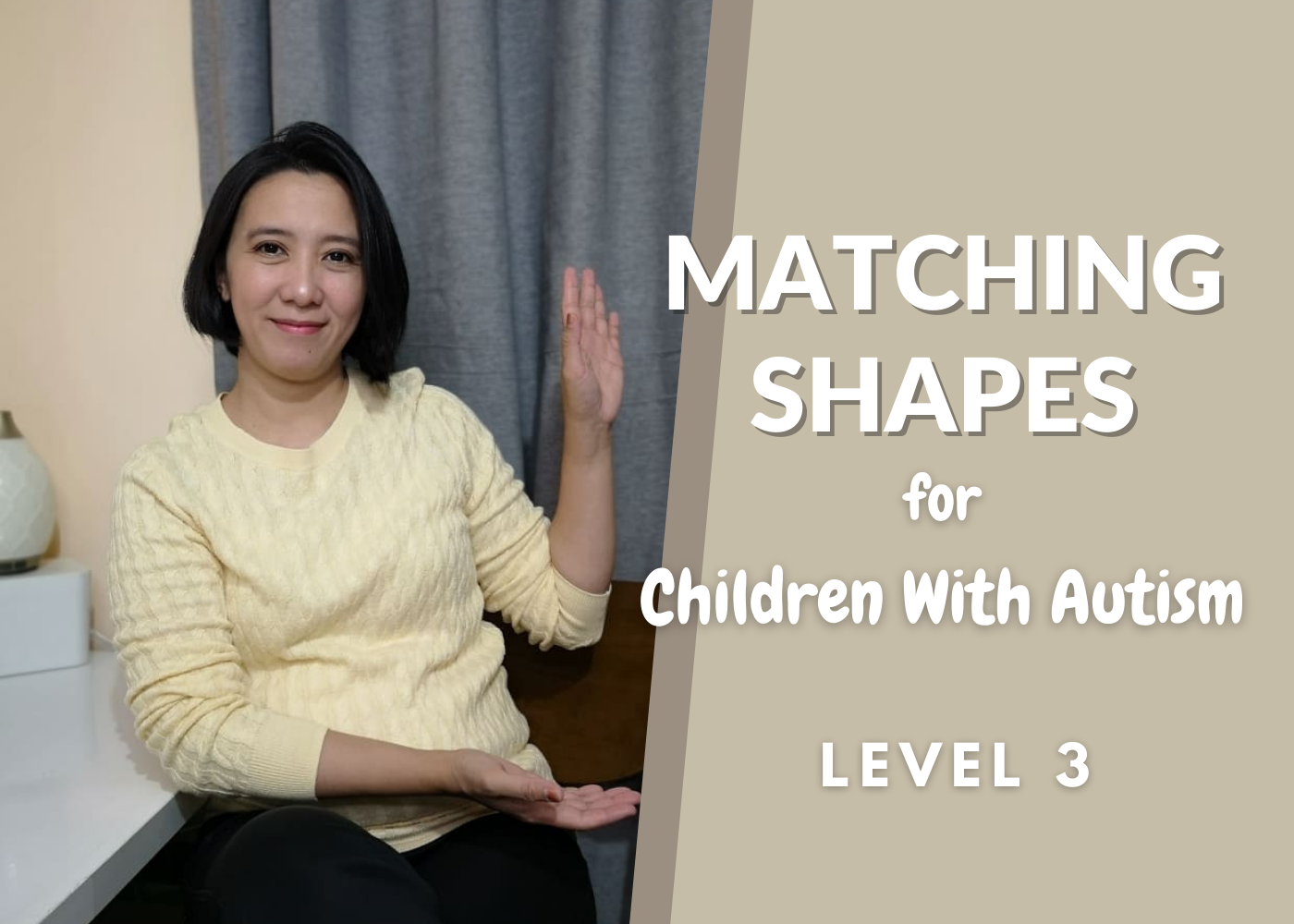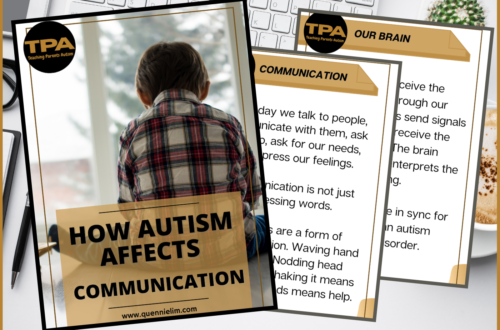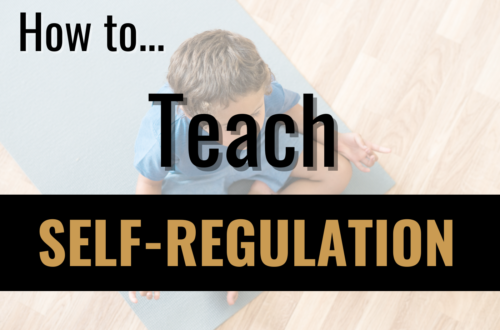Matching Shapes

SHAPES ARE FUN TO PLAY WITH!
Are you looking for worksheets for your child? How are you teaching your child with shapes?
Some parents believe that shapes are easy to be taught.
That teaching this concept is easy and simple to be learnt.
However, for children with autism, it may not.
Some children may find shapes as too enticing so they may want to keep on using them over and over again.
Sometimes, they may stim on it. Stimming is a common word used in children with autism.
It is a self-stimulatory behaviour wherein a child repeats action or movement of the body.
Since shapes are easy to look at, simple, motivating to see for children when colorful, children with autism often times look and stim on it.
However, others find it hard to learn shapes especially in level 3 (refer to DSM-V for Autism category).
WHY IS LEARNING SHAPES IMPORTANT?
Learning shapes is important. This is the basic of visual information.
This means that when we look at the clock and the ball, we know that they are both round and circle.
We have the common understanding that they are called “Circle”.
Understanding shapes give us the awareness of our environment.
— A house is made of combined shapes.
— Roof is a triangle, walls are square, doors are rectangle, door knobs are circle.
— When we combine all these shapes in our mind, we come up with a general picture of a house.
Some children with autism have difficulty with sensory processing, that includes visual discrimination.
They have difficulty discriminating one shape from another.
That is why teaching shapes will help them be aware of their environment.
In this Free Worksheet, I always give information on how to use the material.
As a teacher, I always have a goal for the child.
I choose teaching materials that is suitable to the child’s needs.
That’s why inside this worksheet, I explained a few guidelines.
It will help you parents to understand your child’s needs.
The knowledge that you will get from this is something you will bring Anywhere you go.
You know, I created this worksheet for children with autism who are in Level 3.
They may need plenty of support in different areas of their life.
It can be in their fine or gross motor area, or it can be a need for self-regulation, behaviour management or sensory needs.
When teaching children with autism, we have to be aware of other needs because these may affect how they learn.
When doing this matching activity, these issues may come up during table top activity.
So here, I jot down some of the things you should look out for when giving this worksheet.
HERE ARE THE GUIDELINES WHEN GIVING MATCHING SHAPES:
1. This simple worksheet that I created has no name or grade level.
It is because Level 3 children need a very easy, visually clear, specific, and understandable worksheet.
2. Your child may have difficulty with fine motor movement, so holding a pencil may not be suitable for him.
Instead, you may give fat marker or think crayon for his grip.
Giving hand-over-hand assistance will also help.
3. Sometimes, this worksheet may not be suitable for your child.
Instead you can cut out shapes and paste on a cardboard.
Let your child match them pieces by taking the same shape.
4. Coloured shapes are easier than black.
5. Fully coloured shapes are easier than outlined shapes.
6. Be mindful of other behaviour or issues that may come with this worksheet.
7. Do not enforce to do everything on the same day.
There you go!
I hope you got the free download! And hope you are able to learn something today.
Comment down below and share what happened!
Talk to you soon!
AUSOME!
Teacher Quennie here!




